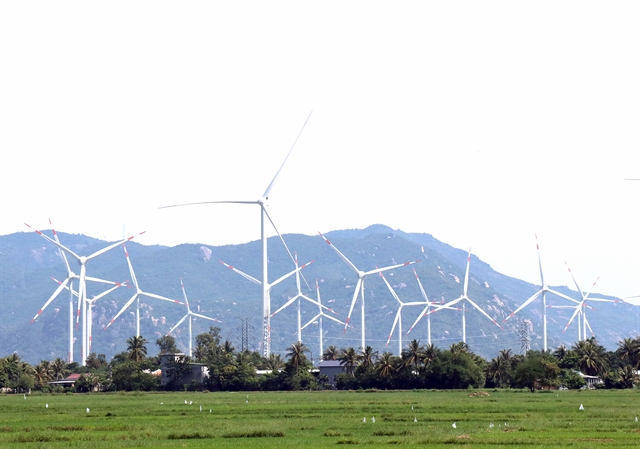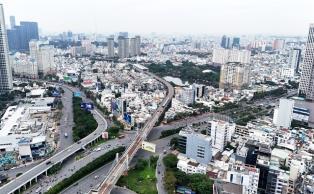Power pricing reform, innovation needed to achieve Net Zero by 2050: experts
The study also found that the revised PDP8 has a more efficient investment structure and reasonable development orientation than the global benchmarks based on reports of the International Energy Agency.

HÀ NỘI — While the eighth national power development plan (PDP8) provides a solid foundation for energy transition and sustainable growth, achieving Net Zero by 2050 will require reforms in electricity pricing and stronger innovation and mobilisation of green finance, experts told a workshop in Hà Nội on Thursday.
Under the Southeast Asia Energy Transition Partnership (ETP), the United Nations Office for Project Services (UNOPS) and the Ministry of Finance jointly held the consultation workshop on a dedicated policy framework for investment and development of sustainable energy infrastructure in Việt Nam.
Nguyễn Văn Phú, representing the EconomiX research group from Paris Nanterre University, said that among eight scenarios under analysis, renewable energy scenarios, particularly wind and solar, deliver the best cost-effectiveness compared with those reliant on gas or coal.
The study also found that the revised PDP8 has a more efficient investment structure and reasonable development orientation than the global benchmarks based on reports of the International Energy Agency (IEA), Phú said.
Renewable sources such as wind, solar and hydropower offer higher long-term returns for producers despite potential losses in initial stages. In contrast, liquefied natural gas (LNG) and biomass face challenges due to high investment and maintenance costs.
The power sector accounts for about 42 per cent of the country’s total emissions by 2050, making it a key area for achieving the Net Zero target, Phú stressed.
“Among all, wind energy offers the highest net benefits and plays a key role in Việt Nam’s energy transition,” he said.
Việt Nam also needs to hasten electricity pricing reforms, increase innovation and raise green capital to achieve Net Zero, he added.
Việt Nam is entering a new development phase which requires a stronger transformation of the growth model, linking macro-economic stability with green development and effective climate adaptation, said Lê Tuấn Anh, deputy director of the ministry’s Department of Finance and Economics.
“Energy transition is not only essential for energy security and emissions reduction but also an important driver for innovation, competitiveness and high-quality investment,” Anh said.
The Government considers green transition and sustainable development as strategic directions in fiscal and macro-economic policymaking, while international cooperation remains key to expanding resources and sharing expertise, he stressed.
According to the IEA’s report, global energy investment is expected to total US$3.3 trillion in 2025, $2.2 trillion of which is allocated for clean and green energy, including renewables, storage systems and smart grids.
However, most of this capital remains concentrated in major economies such as China, which accounts for nearly one third and the EU, while emerging economies like Việt Nam continue to face challenges in raising funds.
Under PDP8, Việt Nam needs to raise around $136 billion for power generation and grid development by 2030. Thus, it is necessary to study and develop mechanisms and policies for investment in sustainable energy infrastructure, Nguyễn Ngọc Thuỷ, a representative from UNOPS and ETP, said.
UNOPS and ETP have been implementing 24 projects with Việt Nam and are developing the next phase of the support programme in 2025-30, focusing on strengthening policy capacity, expanding green finance and attracting sustainable investment. — VNS





